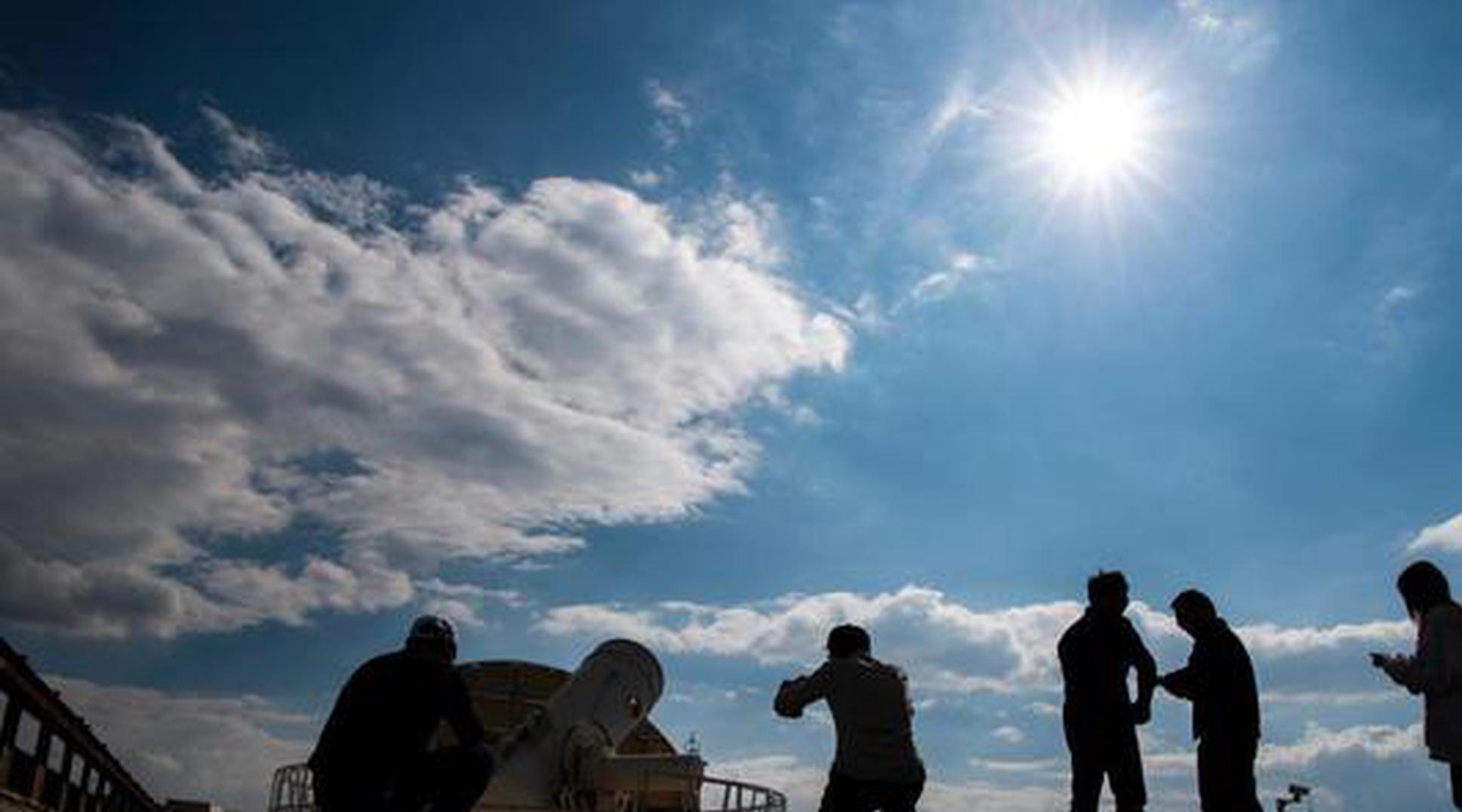China's network of ground-based solar observatories takes shape
(ECNS) -- A comprehensive network of ground-based solar observatories is taking shape in China after another solar observation satellite nicknamed Kuafu-1 was launched atop a Long March-2 rocket from the Jiuquan Satellite Launch Center.
The Kuafu-1, or the Advanced Space-based Solar Observatory, will record data of the Sun's magnetic field, solar flares and coronal mass ejections (CMEs) from 2024 to 2025, when the sun welcomes its 25th expected peak of activity.
Observing and studying the formation of the Sun's magnetic field, solar flares and CMEs, as well their correlation and interactions, can forecast the impact of solar storms on humans, said Gan Weiqun from the Chinese Academy of Sciences.
The satellite is equipped with a Full-disk MagnetoGraph (FMG), Lyman-alpha Solar Telescope (LST) and Hard X-ray Imager (HXI).
The FMG measures the vector magnetic field, the LST measures the light near the corona emitted from the Sun's full disk in the ultraviolet and visible light wavelengths, known as the Lyman-alpha bandwidth, and the HXI detects high-energy radiation during solar flares.
According to calculations, scientists can get the information and take measures at least 40 hours before CMEs occur to avoid potential losses.
China’s first solar observation satellite Xihe, the name of the sun goddess in ancient Chinese mythology, was launched from the Taiyuan Satellite Launch Center last year.
It is equipped with China's first solar telescope in space and will observe the deep-red H-Alpha line of the solar spectrum, enabling scientists to study solar flares.

